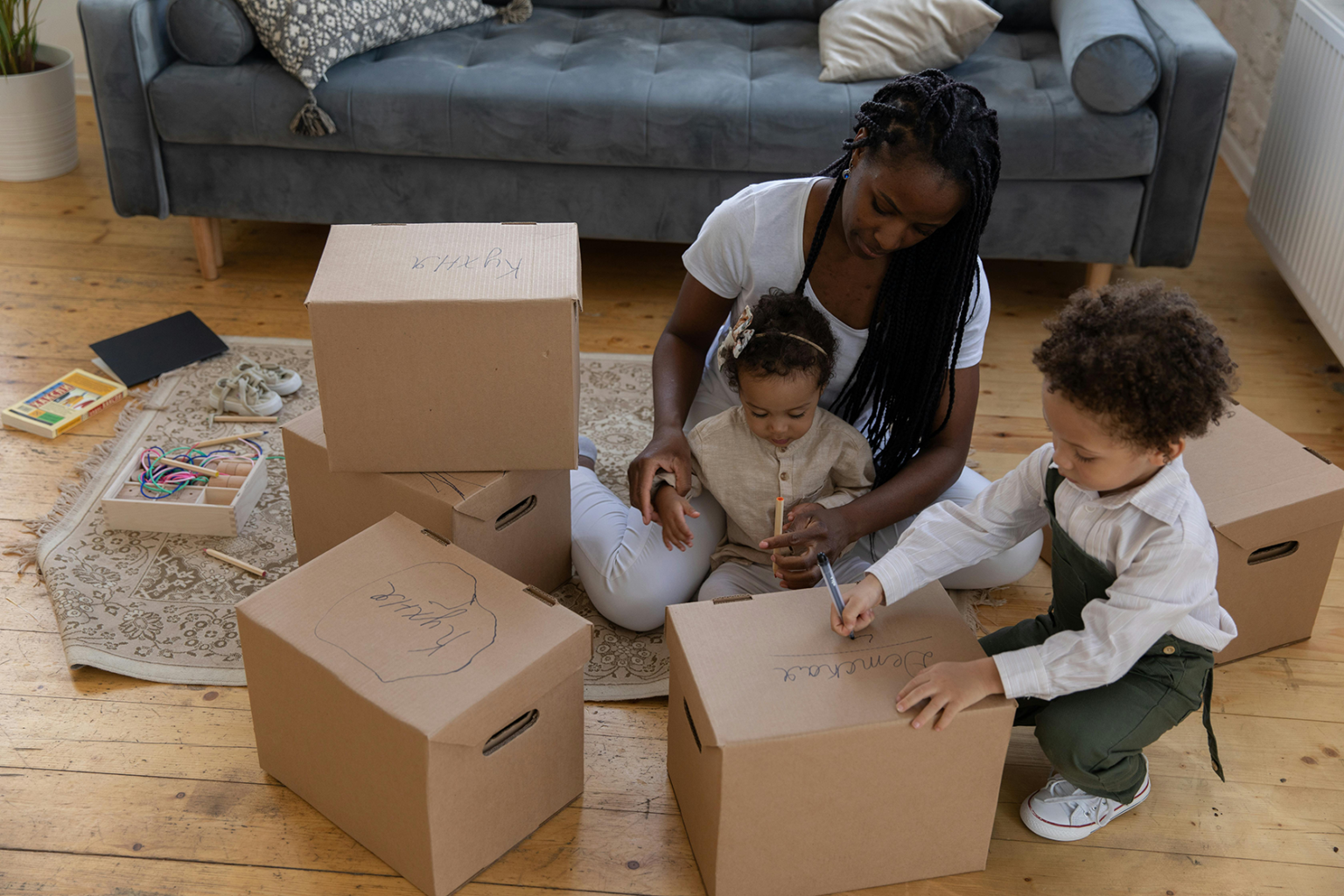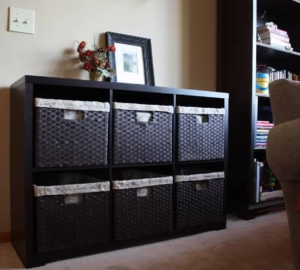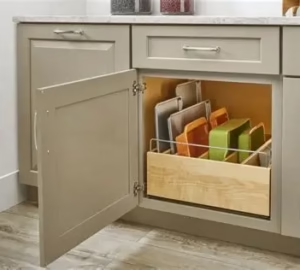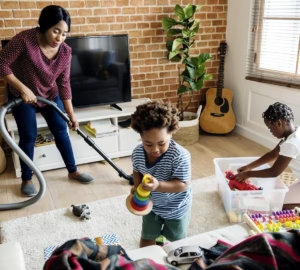Family life in Kenya is vibrant, bustling, and full of joy – but it can also be a magnet for clutter! From school books and uniforms to toys, sports gear, and an ever-growing pile of shoes by the door, keeping a family home organized can feel like an endless battle. However, a decluttered home doesn’t just look better; it fosters a calmer environment, reduces stress, and teaches valuable habits to everyone.
At Retail Place, we understand the unique challenges and rewards of organizing a family home in Kenya. This comprehensive guide provides practical decluttering tips designed to involve the whole family, making the process easier and more sustainable for everyone.
Why Decluttering as a Family Matters
- Reduces Stress: A tidy home means less searching for lost items and a more peaceful atmosphere for parents and children.
- Teaches Responsibility: Involving children in the process instills valuable lessons about tidiness, ownership, and contribution.
- Saves Time & Money: Less clutter means easier cleaning and fewer duplicate purchases.
- Fosters Calm: A visually appealing and organized space promotes relaxation and focus.
- Maximizes Space: Especially crucial in typical Kenyan family homes, decluttering creates more functional living areas.
Step 1: Start Small and Set Clear Goals (The “Safari” Approach)
Don’t overwhelm your family by tackling the entire house at once. Think of it like a manageable safari – explore one area thoroughly before moving to the next.
- Choose One “Problem Zone”: Is it the entryway where shoes pile up, the kids’ toy corner, or the living room where everything lands? Pick one area that causes the most frustration.
- Schedule “Decluttering Safari” Time: Set a realistic time limit (e.g., 30 minutes to 1 hour for younger kids, longer for teens). Make it a regular family activity once a week or month.
- Communicate the “Why”: Explain to your family why you’re doing this. “We want our home to feel calm and easy to find things, so we have more time for fun family activities!”
Step 2: Involve the Whole Family (Even the Little Ones!)
Decluttering is a team effort. Even toddlers can help with simple tasks.
- Make it a Game for Kids:
- “Sorting Race”: Give each child a bin and have them race to put away certain categories of toys.
- “Treasure Hunt”: Challenge them to find five items they no longer use for donation.
- “Match the Object”: For younger kids, help them put items back in their designated spots.
- Empower Older Children: Allow teens to have ownership over their own spaces (bedrooms, desks). Guide them with the “keep, donate, discard” method, but respect their decisions within reason.
- Lead by Example: If kids see parents actively decluttering their own items, they’re more likely to participate.
Also Read:
Step 3: The “Love It, Use It, or Lose It” Principle
For every item, guide your family to ask:
- Love It? Does it spark joy or bring genuine happiness? (Inspired by KonMari, adapted for practicality).
- Use It? Is it used regularly (at least once a month)?
- Lose It? If the answer to both is no, it’s time to let it go.
- Kids’ Toys: Implement a “toy rotation” system. Put some toys away in storage for a few months, then swap them out. This makes old toys feel new again and helps you identify what they genuinely play with.
- Clothes: For children’s clothes, if it doesn’t fit, is stained, or hasn’t been worn in a season, it’s time to let go. For adults, if you haven’t worn it in a year, consider donating.
- Books & Papers: Keep only essential documents. For kids’ artwork, select a few treasured pieces to keep or photograph them digitally before discarding.
Step 4: Implement Smart Storage Solutions for Families in Kenya
Once you’ve decided what to keep, give everything a designated home.
- Clear Bins & Baskets: Essential for toys, school supplies, and small items. Clear containers allow kids (and adults!) to see what’s inside. Consider locally-made kiondo baskets for stylish, multi-purpose storage.
- Vertical Storage: Shelves, wall-mounted organizers, and over-the-door hooks are lifesavers for small spaces common in Kenyan homes. Perfect for shoes by the entryway, bags, or bath toys.
- Drawer Dividers: Keep socks, underwear, and small accessories neat and easy to find.
- Toy Chests/Benches with Storage: Dual-purpose furniture is gold in family homes.
- Labels: Label bins, shelves, and drawers (with pictures for non-readers) so everyone knows where things belong. This is crucial for maintaining organization.
- Designated Drop Zones: Create specific spots for shoes, school bags, keys, and mail as soon as family members walk in. A small bench or set of hooks can work wonders by the main door.
Step 5: Establish Simple, Consistent Routines
Consistency is the secret sauce to long-term organization.
- The “Daily Tidy-Up”: Dedicate 10-15 minutes each evening as a family to put things back in their place before bed. This prevents clutter from accumulating overnight.
- “Reset the Room” Rule: Before leaving a room, each family member puts away at least one item.
- Weekend Check-in: Once a week, do a slightly longer reset, perhaps sorting through laundry, tidying common areas, and preparing for the week ahead.
- Involve Kids in Chores: Age-appropriate chores related to tidiness teach responsibility (e.g., packing their school bag, putting away their clothes).
Overcoming Challenges in the Kenyan Family Context
- Sentimental Value: Respect cultural importance of certain items, but find creative ways to store or display them without creating clutter.
- Hand-Me-Downs: If you save clothes or items for younger siblings, organize them in clearly labeled, seasonal boxes in a designated storage area.
- Bulk Buying: If you buy staples in bulk, invest in good quality, airtight storage containers for your pantry to keep things neat and pest-free.
Decluttering as a family is a journey that strengthens bonds and creates a more peaceful, functional home environment. By starting small, involving everyone, and maintaining simple routines, your Kenyan home can become a haven of calm amidst the beautiful chaos of family life.










1 Comment